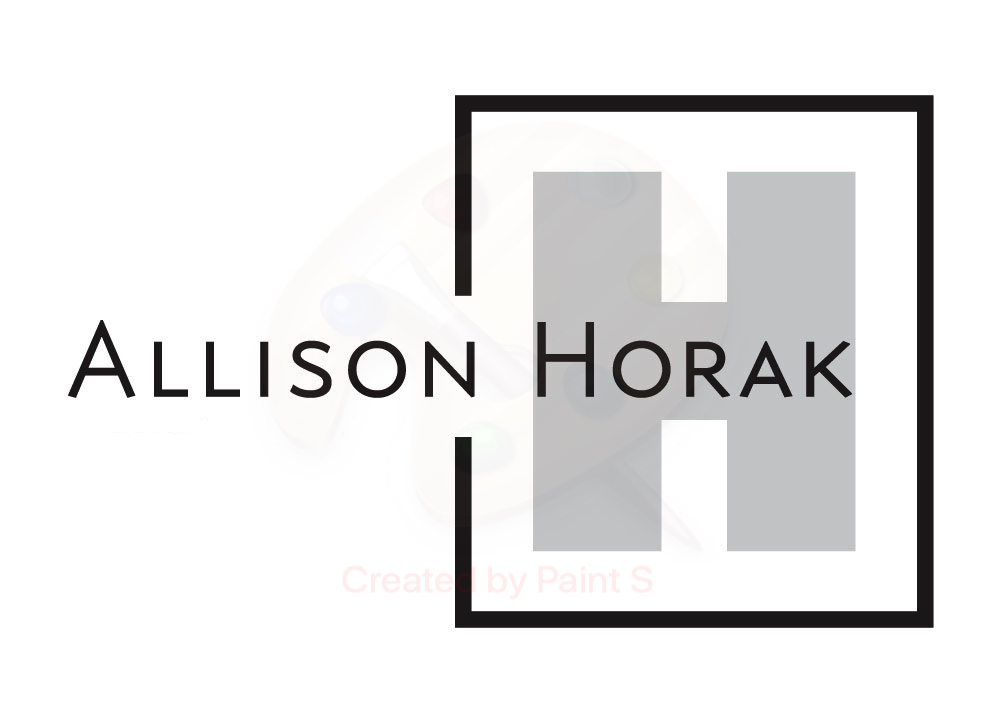In my kitchen are two small drawers designated as utensil drawers; they are a source of frustration for all who share the kitchen. They’re jam-packed with spatulas, scoops, tongs, whisks, and myriad other gadgets. How can two drawers so full never seem to have the item I’m looking for?
One of the inhabitants of these drawers is the item pictured above. I don’t know its official name, but someone (who will remain unidentified) bought it as a “necessity.” I wondered why anyone would need a bulky, oddly shaped instrument to “break up meat” when a wooden spoon would do the same job.
Fast forward several years later… That meat-breaker-upper is still residing in the drawer, unused by me. I needed to break up some bulk Italian sausage and couldn’t find a wooden spoon anywhere. (Typical!) With doubt in my heart, I grabbed the item in question and got to work. In about one minute, I had done what it would historically have taken me five to seven minutes to do with a wooden spoon.
Hrmph! I had to admit: The meat-breaker-upper really did deserve a spot in the utensil drawers.
<Cue transition music here…>
Most of us edit our own writing daily; but if you’re a manager, it’s your job to also edit other people’s work. What’s the right tool for that job? The right tool applied in the proper circumstance can ease the effort required for the task.
1. Use the MS Word Proofing tools to their fullest. If you’ve enabled the Proofing tools in MS Word, then you know how powerful those tools can be in your editing process. If you’re not sure where to locate the tools, you can find them here:
| If you have a PC… | If you have a Mac… |
| Open a Word document (in Word 2010 or a more recent version) Click the File tab, and then click Options Click Proofing Under When correcting spelling and grammar in Word, make sure the Check grammar with spelling check box is selected Select Show readability statistics | Open a Word document (in Word 2010 or a more recent version) Click Preferences under the Word menu Click Proofing Click Spelling and Grammar Select Check grammar with spelling and Show readability statistics |
Once you enable the readability feature, it stays enabled. The next step is to spellcheck your document. You may be out of the habit of spellchecking, but it should be part of your editing routine. When spellcheck is done, another window will pop up, giving you the readability statistics for your document. Look for “Flesch–Kincaid Grade Level”; the whole number tells you the education level needed to understand what you just wrote.
Knowing the grade level begs the question: What grade level should you be writing at? For business writing, the answer is 8th grade or lower. (For a quick peek into relevant literacy numbers, visit The Literacy Project Foundation and look at the bulleted list right below the video at the top.)
In a nutshell, the Flesch–Kincaid formula calculates the total number of sentences, words, and syllables in your document. It subscribes to this general truth: The longer your words and sentences, the harder they are to understand. Naturally, the corollary is also true: The shorter your words and sentences, the easier they are to understand. If your readability results are not 8th grade or lower, scour your document for long sentences and shorten them; do the same with your multi-syllable words.
If you’re feeling a bit prickly about this issue, like I’m suggesting you “dumb down” (I hate that phrase!) your business writing, think again! I’m advocating for plain language, not baby talk. (Just in case you’re wondering, this article is written at the 7th grade level.)
2. Use an editing checklist. An editing checklist may be just what your team needs to set a standard and bring uniformity, equity, and objectivity to your editing process. You have a process for many other tasks in your business—why not one for editing? A consistent approach yields consistent results.
Using a checklist will ensure everyone on your team is clear on the criteria you use to evaluate their writing. It also allows employees to self-check their work before turning it in. Just about everyone would like to be less heavily edited by their boss; a checklist gives them the roadmap to achieve that goal.
If you’re looking for a starting point, you can download my editing checklist.
The right tool is key to completing a task efficiently and effectively. What are some of the tools you use for successful and fair editing and proofreading?


Recent Comments